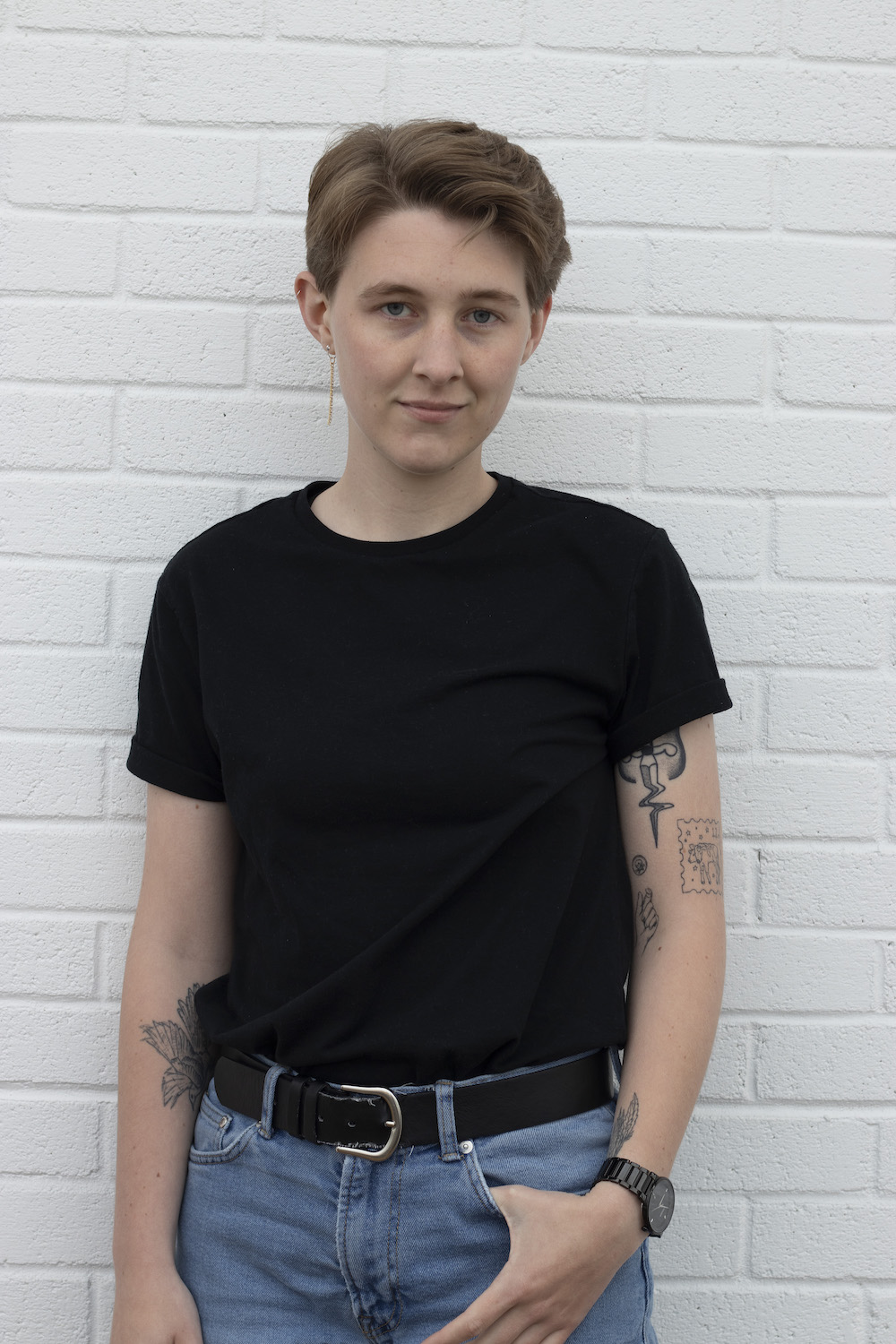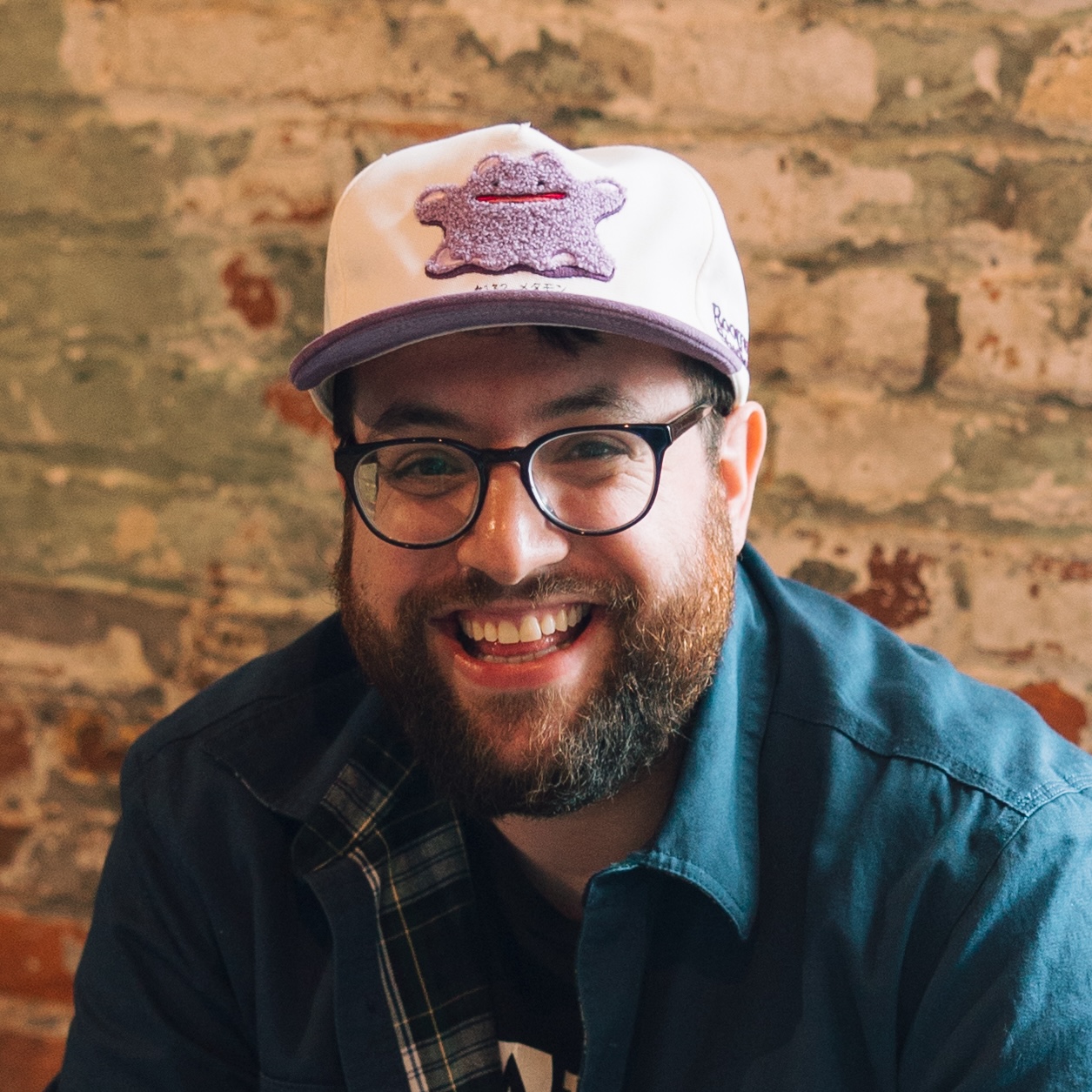Many podcasters are their own producers, writers, hosts, editors, and sound engineers. It’s hard to be great at one of those things, let alone all of them. As a result, many novice podcasters are missing out on easy, actionable ways to elevate their podcast edit—especially for interview shows.
Not every single idea here will apply to every single interview podcast, but giving them some thought could go a long way toward improving your show.
1. Create a hook
The beginning of the episode should quickly establish what the listener needs to know about the guest before hearing the conversation—ideally, conveying to the listener why they should listen to the rest of the episode. Some podcasts also edit in sound bites from later in the conversation to give a sense of what’s coming up and urge people to keep listening.
The same should be true when you get into the interview itself—it should move quickly and hook listeners from the start. “Ditch the small talk at the start of the interview and just get into the first question,” said Cody Gough, a podcaster who runs Quantum Podcasts. “You can let the host and guest exchange pleasantries when they sit down together, but those pleasantries don't have to make it onto the actual podcast.”

Consider The Turnaround, a limited-run series where legendary interviewer Jesse Thorn interviewed other legendary interviewers. Thorn asks background questions to establish who the guest is, but these questions and answers are brief enough to quickly relay the guest’s background without letting it drag on. Thorn doesn’t ask his subjects Ira Glass or Terry Gross where they grew up, where they went to college—any background questions are targeted to give the listener an insight about the subject’s thoughts and relationship to the journalism profession.
Another way to think about it: Thorn doesn’t ask for background information to create a comprehensive history of his subjects, he asks background questions that relate to his podcast’s core promise: teaching you the art of interviewing. Consider your podcast’s core promise, and stick to questions that help bring it to fruition.
2. Impose a narrative
Take a few lessons from traditional storytelling: Arrange your questions and edit to emulate a three act structure where your interviewee undergoes a journey, from setup, to confrontation, to resolution. For instance: an entrepreneur who starts a company, faces a challenge, and comes to a realization.
If a three-act structure doesn’t suit you, you can still try to think in discrete scenes with your guest. If you can flesh out a setting, a character, dialogue, and especially a conflict, you’ve turned a dry anecdote into something more immersive. And to do that, you often need to ask your guests the specifics: Where were you? What did you say? What was going through your head? You don’t need to use every answer, but the building blocks can help you edit together a better story.
3. Cut more (and then more)
When editors are precious about their materials, those podcasts often drag on and on. I usually start by cutting entire questions and answers—the stuff that wasn’t as interesting as I hoped it would be, or the stuff I should have realized was never very interesting in the first place. Then I’ll cut a little finer by removing paragraphs and sentences that are redundant or tangential.
“The biggest mistake that creators make is leaving in questions and answers that don't give a listener any new information,” Gough said. “Listen closely to what the guest is actually saying and decide whether it's generic or specific. Keep the specific, insightful answers.”
Then I’ll try to identify really compelling points my guest might have made, and tighten it up by cutting out false starts, misspoken words, and so on. Descript’s filler word removal tool can be incredibly valuable here.

But don’t go too far. Overediting can drain the life from a podcast. Anthony Vito, a freelance podcast producer and editor who has worked with Split Zone Duo and the Bay Area Examiner, advises beginner podcasters that “cadence is key.” “Sometimes it’s OK to have an ‘um’ as the guest ponders the question.”
4. Spice it up with archival tape
If your subject matter is anything that happened in the last 90 years, there’s a possibility you could be using archival materials to make your edit more dynamic. That might mean radio broadcasts that have been preserved, or audio from TV or film. You could even dig through archival collections housed in libraries.
When a guest goes into detail about a historical event or piece of media, think about what kind of archival media might exist for it. A conversation about the Great Depression might be elevated with public domain recordings of Roosevelt’s fireside chats. A conversation about a movie might include a small clip or portion of the trailer. In some cases, your guest might be describing an actual event that was recorded—try to get ahold of it and use it in your episode. Just make sure it’s legal to do so.
5. Figure out what makes your interview unique
Whether you’re talking with someone who’s recorded dozens of interviews or who’s unknown, you should be asking what makes their insight or story unique. Sometimes that’s easy: The author of a new book will have many new things to say based on their research and writing. But if you’re the 20th person to interview a celebrity, what kind of story do you want to tell that’s different from what listeners can get anywhere else?
Once you’ve figured out what makes the interview unique, let that inform what gets to stay in the edit and what has to go. A fun anecdote from a guest might get lost if it’s a distraction from your overall theme or angle.
6. Don’t forget the technical stuff
But while narrative is important, sound is too. “Although I’m a huge believer in content over quality, poor quality can derail a quality podcast,” Vito says. You don’t need to be a veteran engineer, some novice-level podcast mixing techniques can really upgrade your sound. Learn the basics of normalization, compression, and EQing, and the listening experience will benefit.





























.jpg)








%20(1).JPG)
